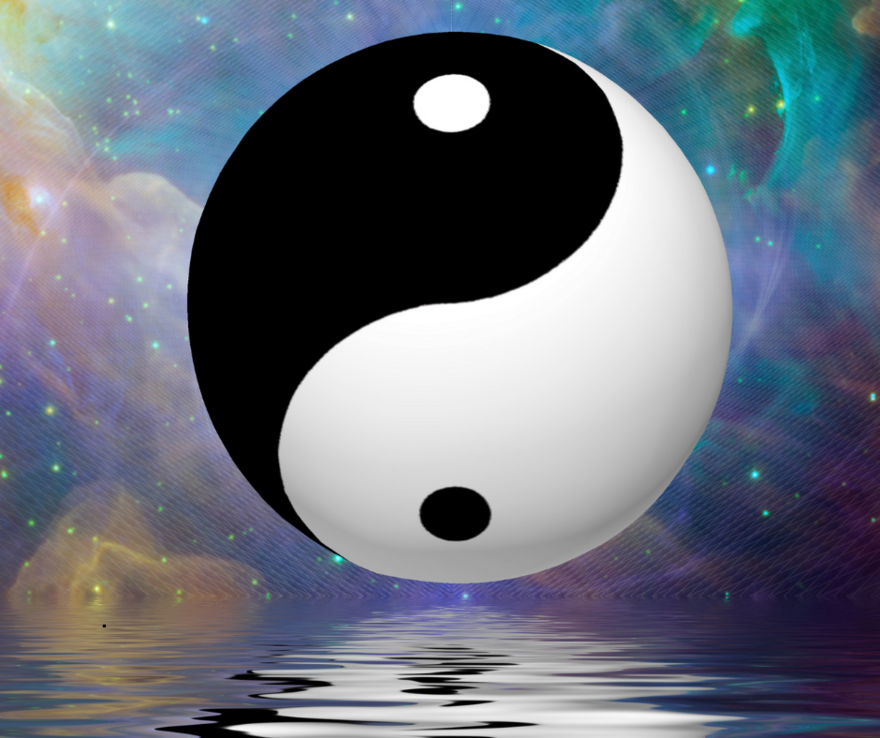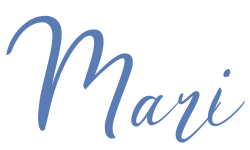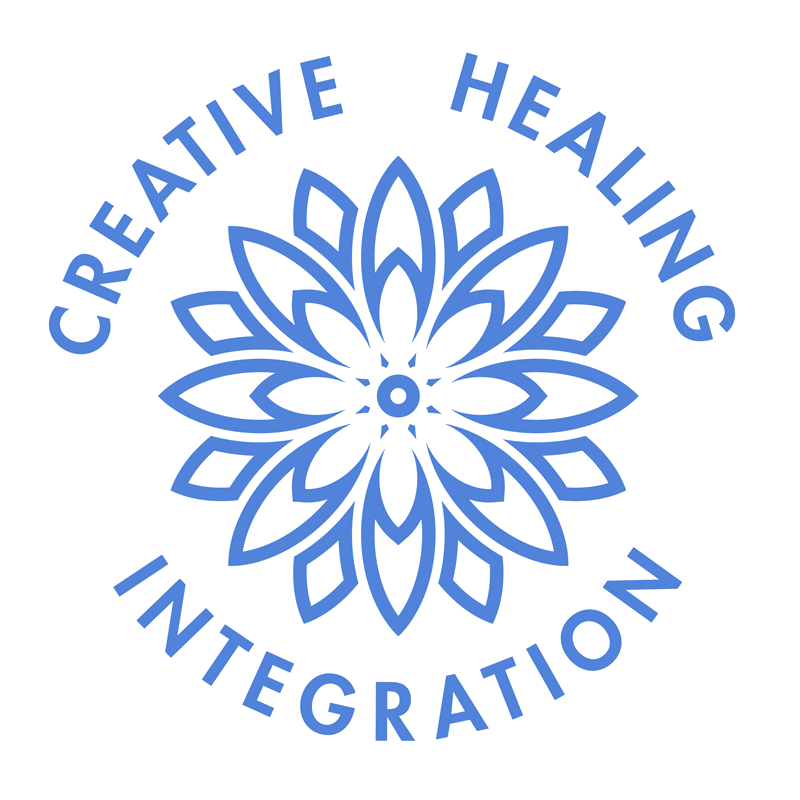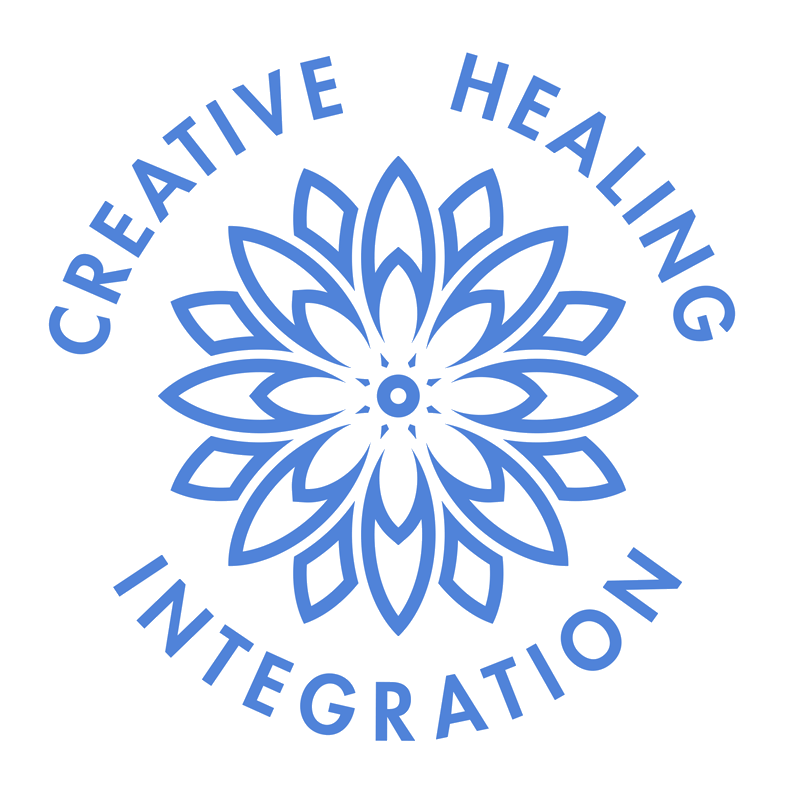A Look at the Feminine in All of Us, The Genesis of a Wound

March is Women’s History Month, and it's a great time to celebrate the Feminine in all of us.
Which begs the question, how do Feminine qualities bump up against a Mother Wound?
The Feminine:
This blog is not by any means an exhaustive study of the Feminine but a broad look at the popular view of the Feminine as it relates to the Mother Wound.
Femininity is usually associated with being soft, passive, and receptive. In prehistory, women were revered for their gifts of fertility, the bearers of life. Goddesses and Queens were valued in ancient civilizations from the Middle East to Europe and beyond for their inner resources and gifts of perception and wisdom.
Women have held many roles through time: leaders, warriors, adventurers, politicians, inventors, artists, teachers, managers, mothers, and business leaders, for instance.
Women have done and do a lot. There is no doubt about it!
I want us to take another thought route: to think about the quality of the internal feminine experience—not just the outward accomplishments but the internal experience of being in touch with our feminine.
I say our Feminine, which is usually associated with women, but men have feminine parts, as women have masculine aspects too. Neither can be negated.
Jung:
According to the Swiss psychologist Carl Jung, the feminine aspect of the psyche, the Anima, resides within every individual, regardless of gender. It represents the unconscious feminine qualities, instincts, and archetypal images that influence an individual's thoughts, feelings, and behaviors. The same is true for the Animus, the male aspect of the psyche that resides in each one of us, regardless of gender.
Yin Yang:
In the Chinese philosophy of Yin and Yang, the Feminine and the Masculine, respectively, are complementary to each other, and it is their interaction that creates harmony. Yin is represented by the black teardrop side of a circular form, and Yang is the white side of the teardrop form. Note there is a dot in each black and white teardrop with its opposite color. This is to remind us that the seed of yin exists within yang, and the seed of yang exists within yin, telling us that neither can exist without the other.
Qualities:
The Feminine is characterized by darkness, intuition, softness, sensitivity, empathy, kindness, and vulnerability, to name a few.
The Masculine is characterized by light, assertiveness, courage, confidence, dominance, independence, angles, and sharpness, for instance.
The Feminine Wound:
Being a woman is not the only way to have a Feminine wound. A wounded feminine comes from not valuing, trusting, or listening to the aspects of our feminine qualities. When Masculine and Feminine qualities are allowed to complement each other, we become creative, expansive, and powerful. However, we humans are not always able to do this. Why? Can this change? What needs to happen differently?
The Mother Wound influence:
1. Maternal Role Models:
The Mother Wound plays a significant role in shaping a person's sense of the feminine. From infancy, individuals learn what it is to be felt, held, comforted, and cooed. This usually happens through interactions with our mothers or maternal figures.
The mother serves as the primary model for feminine behavior, attitudes, and values. How she expresses her femininity, nurtures, communicates, and relates to her child influences the child's understanding of what it means to be feminine.
Impact of Maternal Dynamics:
Positive maternal relationships can foster a healthy sense of feminine identity, instilling confidence, self-worth, and empowerment in individuals.
Conversely, negative maternal dynamics or experiences of maternal neglect, criticism, or emotional abuse can contribute to the development of a wounded feminine identity.
The mother wound may manifest as feelings of inadequacy, self-doubt, self-blame, or low self-esteem related to one's feminine qualities. It can affect how we perceive ourselves as adults and how we navigate relationships, career paths, and societal roles.
Internalization of Maternal Messages:
Messages received from the mother or maternal figures about what feminine qualities are, be it how we express our needs, our self-care, standards of beauty, reach or don’t reach for relationships, and how we internalize our gender roles and expectations.
Positive maternal messages can foster a healthy sense of feminine identity, while negative or critical messages can contribute to the formation of the maternal wound and distortions in feminine self-perception.
Healing the Mother Wound for Feminine Empowerment:
Let’s recognize that addressing the mother wound is essential for reclaiming a healthy feminine identity and cultivating empowerment.
We heal the Mother Wound when we acknowledge and process the emotional pain and trauma associated with challenging distorted beliefs about the Feminine through art, journaling, and group support that nurtures self-compassion and self-love.
Through the tried-and-true practices of therapy, coaching, self-reflection, boundary-setting, and inner-parts work, adults can reclaim the positive force of our feminine qualities, embrace our unique identities, and cultivate resilience and empowerment.
In summary, the Mother Wound deeply influences the formation of our relationship to our Feminine within, impacting how we perceive ourselves as adults and navigate our lives.
Recognizing and Overcoming the Mother Wound is crucial for reclaiming a healthy relationship with the feminine nature in all of us, to build more self-acceptance and an embodied experience of ourselves.
Warmly,

PS: Overcoming the Mother Wound, A Transformative Journey of Healing and Empowerment - a new book by Mari Grande - is available now! Order here.


0 comments
Leave a comment
Please log in or register to post a comment